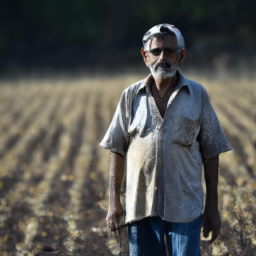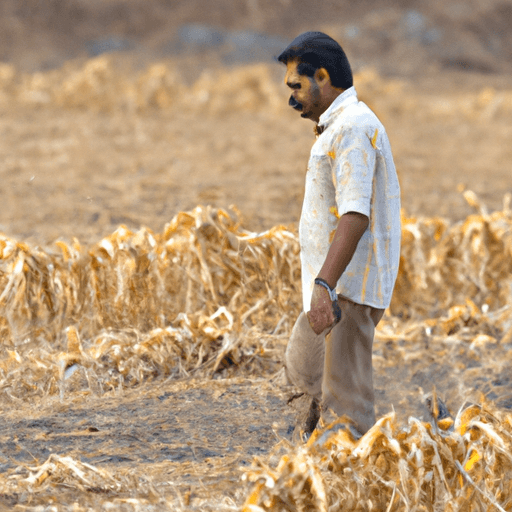182
Newsletter
Subscribe to our newsletter for exclusive content, latest news and trends, and exciting new features.
Tranding
Categories
Home and gardenTravel and tourism
Food and cookingMusic and EntertainmentSports and fitnessEntertainmentHealth and wellnessPets and animalsArts and cultureScience and natureLiterature and writingBusiness and entrepreneurshipBeauty and personal careGaming and esportsTechnologyLifestyleEnvironment and sustainabilityEducation and learning


















Comments
Leave a Comment